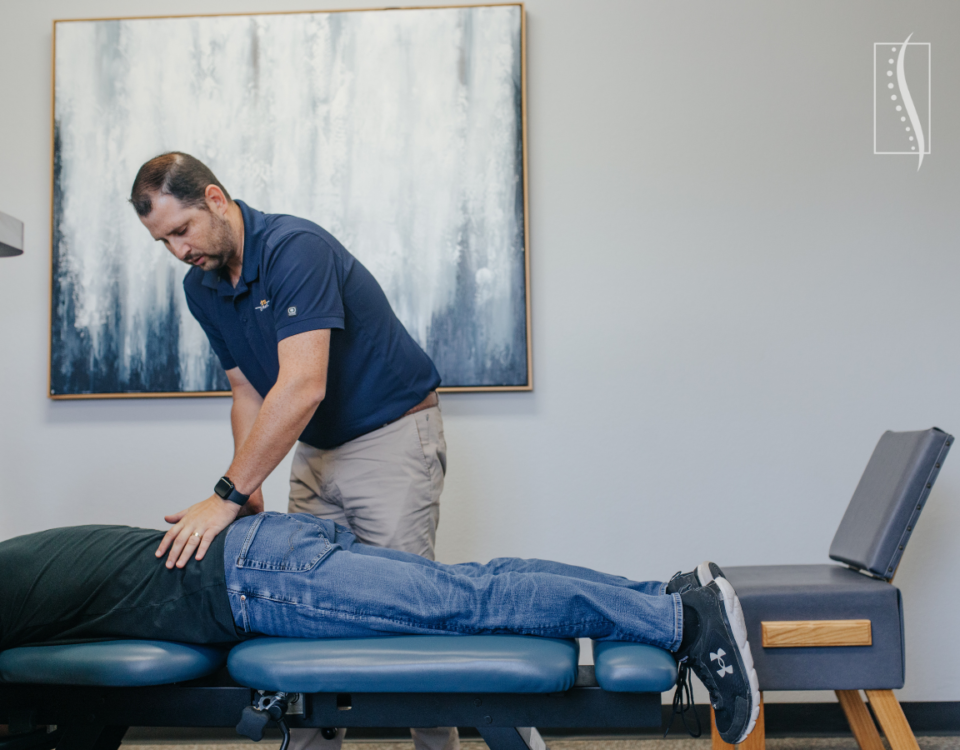
How To Maintain Healthy Knees As You Age
July 25, 2024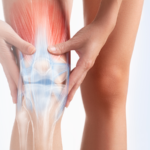
Exploring Knee Decompression and Cold Laser Therapy for Osteoarthritis
August 19, 2024Are you struggling with persistent lower back pain or a herniated disc? Spinal decompression therapy might be the solution you’ve been searching for. This innovative, non-invasive treatment has been gaining popularity as an effective way to address various spinal issues, including sciatic nerve pain and lumbar spine problems. By gently stretching the spine, this therapy aims to relieve pressure on your discs and nerves, promoting healing and reducing discomfort.
We’ll explore how spinal decompression therapy can help heal disc injuries and provide long-lasting relief. You’ll learn about the mechanics behind this conservative treatment, its benefits for herniated disc decompression, and what to expect during a typical session. Whether you’re considering lumbar decompression therapy or simply want to understand more about this cutting-edge approach, we’ve got you covered.
Let’s dive into the world of spinal decompression and discover how it might transform your path to recovery!
Understanding Spinal Disc Injuries
Your spine consists of vertebrae separated by intervertebral discs. These discs are spongy cushions that provide shock absorption, keep your spine stable, and allow movement. Each disc has two parts: an elastic outer shell (annulus fibrosis) and a jelly-like inner substance (nucleus pulposus).
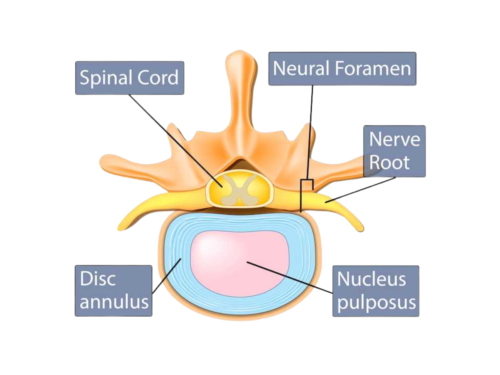
Anatomy of a disc
Types of disc injuries
Disc injuries can vary in severity. The most common types are:
Bulging disc: This occurs when the gel-like core pushes against the outer membrane without rupturing it.
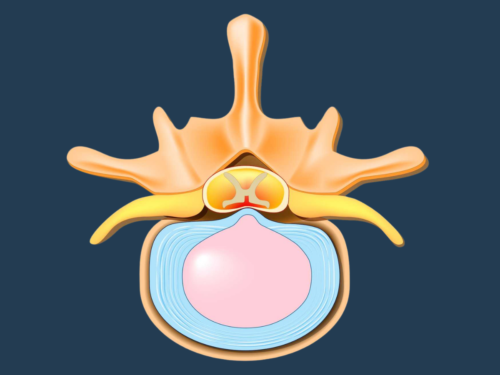
Herniated disc: Also known as a prolapsed disc, this happens when the outer membrane tears, allowing the inner gel to leak into the spinal canal.
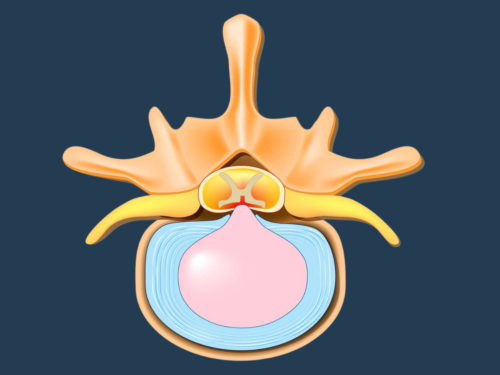
Degenerative disc disease: This is a natural aging process where discs lose water content, becoming thinner and harder over time.
Causes of disc injuries
Several factors can contribute to disc injuries:
- Age: As you get older, your discs become more fragile and prone to damage.
- Physical strain: Heavy lifting, especially with incorrect posture, can cause disc problems.
- Prolonged sitting: This puts extra pressure on your lower back discs.
- Trauma: Injuries or accidents can damage your discs.
- Obesity: Excess weight puts additional stress on your spine.
- Lack of exercise: This can weaken the muscles supporting your spine.
It’s important to note that disc changes can also develop without any recognizable risk factor.
Symptoms of disc injuries
While mild disc injuries may not cause noticeable symptoms, more severe cases can lead to:
- Back or neck pain
- Pain radiating down your leg or arm
- Burning, tingling, or shooting pains in your limbs
- Muscle weakness or numbness
In some cases, a damaged disc can press on nerves, causing conditions like sciatica. This results in pain radiating from your spine down your buttock, thigh, and leg.
Remember, if you’re experiencing persistent pain or any of these symptoms, it’s crucial to consult with a healthcare professional. Our teams are experts at diagnosing and recommending appropriate treatment options, which may include spinal decompression therapy.
How Spinal Decompression Therapy Works
Spinal decompression therapy is a non-invasive treatment approach that aims to alleviate back pain by gently stretching your spine. This innovative technique works by creating negative pressure within your spinal discs, which helps to retract herniated or bulging discs and reduce pressure on pinched nerves. The therapy is rooted in the principles of spinal biomechanics and disc physiology, understanding that your spinal discs act as cushions between vertebrae, absorbing shock and facilitating movement.
The decompression process
During a spinal decompression session, you’ll be positioned on a specialized traction table or device. Harnesses will secure your body in place, and the table will apply traction forces to your spine, either manually or through a computer-controlled system. This process gradually stretches your spine, creating space between the vertebrae. The treatment typically involves several cycles of stretch and relaxation, lasting about 15-18 minutes.
As your spine is stretched, it creates a state of non-gravitation or negative pressure within the spinal canal. This negative pressure has an impact on your spinal discs by:
- Reducing pressure inside the intervertebral discs
- Promoting the influx of oxygen, nutrients, and fluids into the discs
- Facilitating healing and regeneration of damaged tissues
Benefits of spinal decompression
Spinal decompression therapy offers several benefits:
- Pain Relief: It provides effective relief from chronic back pain, neck pain, and radiating pain associated with conditions like herniated discs and sciatica.
- Improved Mobility: By creating space between vertebrae and reducing pressure on spinal discs and nerves, this therapy can improve your spinal mobility and flexibility.
- Non-Invasive: Unlike surgery, spinal decompression is non-invasive and typically well-tolerated, with minimal side effects and downtime.
- Natural Healing: It promotes your body’s natural healing processes by increasing the flow of oxygen and nutrients to the spinal discs.
- Customized Treatment: The therapy is tailored to your specific needs, with the traction force, angle, and duration adjusted to address your unique condition and symptoms.
By addressing the root cause of your pain and promoting natural healing, spinal decompression therapy offers a promising solution for various spinal conditions, potentially helping you avoid more invasive treatments.
The Spinal Decompression Therapy Treatment Process
Initial assessment
Before starting spinal decompression therapy, you’ll undergo a thorough evaluation with our doctors. This assessment helps create a personalized treatment plan tailored to your specific needs and we will discuss all treatment options with you.
Treatment sessions
During a spinal decompression session, you’ll lie comfortably on a specialized traction table, called Back On TracⓇ. A harness will be placed around your waist or head, depending on the area being treated. The table, controlled by a computer, will gently stretch your spine, creating negative pressure within the spinal discs. This process aims to retract herniated or bulging discs and alleviate pressure on pinched nerves.
Each session typically lasts about 10-15 minutes and involves cycles of stretching and relaxation. We monitor the force applied and adjust the angles to optimize the treatment’s effectiveness. You may need multiple sessions, usually ranging from 5 to 20, depending on your condition and symptoms.
Post-treatment care
After each session, we encourage you to move around, as staying active can speed up your recovery and reduce the risk of complications. You might experience some soreness in the treated area, but this is normal and should subside quickly. Your healthcare provider may recommend specific exercises or stretches to complement the therapy and enhance its benefits.
It’s important to follow post-treatment instructions carefully. This may include avoiding heavy lifting, maintaining good posture, and staying hydrated to support your spine’s healing process. Most patients can return to their daily activities immediately after treatment, but you should inform your doctor if you experience any unusual symptoms or discomfort.
Remember, while some patients notice improvements after just a few sessions, others may need more treatments before experiencing significant relief. Your healthcare provider will monitor your progress and adjust the treatment plan as needed to ensure the best possible outcome for your spinal health.
Spinal decompression therapy offers a promising approach to heal disc injuries and alleviate back pain. By creating negative pressure within the spinal discs, this non-invasive treatment has an influence on promoting natural healing and improving mobility. The therapy’s ability to address various spinal conditions without surgery makes it an attractive option to consider for those dealing with persistent back issues.
As with any medical treatment, it’s crucial to consult with a healthcare professional to determine if spinal decompression is right for you. While many patients experience relief after a series of sessions, individual results may vary. By combining this therapy with proper post-treatment care and lifestyle adjustments, you can take significant steps to improve your spinal health and overall quality of life.


